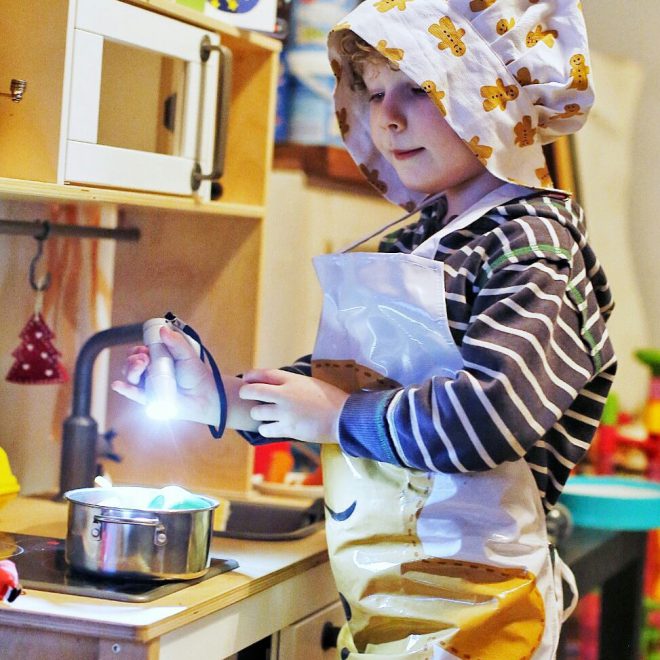Have you ever wondered why there’s so often food play (with pasta, rice, lentils, vegetables and the like) in nurseries or at playgroups? It’s because they can easily be introduced into play in lots of ways to provide excellent sensory food exposure which helps children become more familiar with different foods.
In learning to like new foods, children go on a journey of exploration and, as carers, we can be their tour guide on this journey, supporting them to develop a love of food in their own time, making food feel less scary and mealtimes less stressful.
Whilst there is so much we can and need to do at mealtimes to support our children, a lot of the groundwork can be done away from the table.
By including food in the activities we do with them away from mealtimes where there is no pressure to eat, we are providing exposure to a variety of ingredients which will increase their familiarity with and comfort around foods and support them on their journey.
Eating is one of the only actions we take which uses all of our senses and so it is important to include all of the senses in the fun activities we do with our children in helping them to eat well and enjoy food.
Here are just a few of the many activities you can do with your child:
Reading about food
Reading books together is a brilliant way to support children on their food journey as they are exposed to seeing foods in different and inviting ways, they may also see children eating them and the foods take on the role of fun characters such as superheroes.
You can read stories about food as well as factual books about where food comes from, how our bodies work and what happens when we eat. Understanding this can help children process the need to eat.
You could also look at recipe books together and talk about what you see in the photographs. Do they make your mouth water, make you feel hungry or are you turning your nose up because it doesn’t appeal?
The play kitchen
Play kitchens, toy foods and empty food packets or containers allow for lots of learning about food.
How about asking your child to prepare a ‘meal’? Talk about what they might make and what they need to put it together or just let their imaginations run wild and discuss what they are concocting as they cook.
Name some of the foods the children pick up and say something about them, for example, oranges are very juicy, broccoli is my favourite, I love a crunchy carrot dipped in houmous, these peas would be delicious mixed with your sweetcorn.
Ask to try the food and make yummy noises as you pretend to eat, say things like I’ve never tried X before, it really was delicious, I’d like some more of that, or I’ll have that again another time. Keeping your language positive and encouraging will start to translate to how they talk about foods. What did your child think of what they made?
Get crafty
Getting crafty is another fun way to explore foods.
Why not make potato stamps and paint to create a picture, use the natural colour in beetroot to print with, use paints on cauliflower and other vegetables to make prints, or paint with celery sticks?
Try making pictures or a collage with spices, beans, lentils, pasta and rice.
Draw or colour in pictures of foods or find a food sticker book.
Collect food flyers from the supermarket, leaflets that come through the door and old food magazines to make collages.
Explore a food together
Explore a new food together – take a trip to the greengrocer or supermarket and have a look at the produce available. What ingredients do you recognise, what is unfamiliar, what colours can you see?
Allow your child to choose one to buy and for you to explore together.
At first talk about it then provide a piece for them to explore on their own by squeezing, cutting, grating, smelling.
Are they ready to taste it? Would they like to lick it, nibble it or eat it? Now talk about how it feels and sounds in the mouth and how it tastes.
Get cooking
Cook together whenever you can as it is another opportunity to talk about and explore different ingredients and help children to feel comfortable around food.
This doesn’t have to be a full-on baking session or cooking a whole meal. Over time lots of little tasks add up and they are all helpful to your child. If you’re stuck for ideas for tasks to allow your child to help with, take a look at my video.
